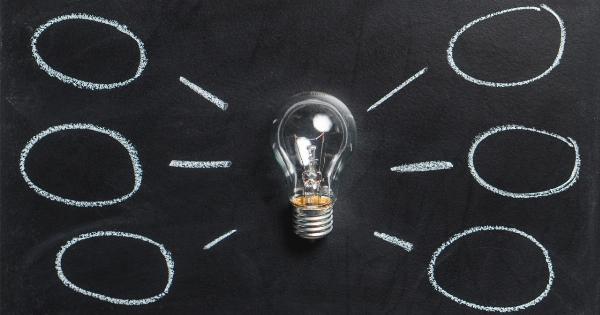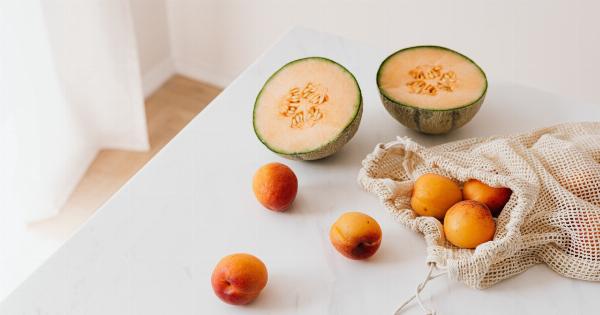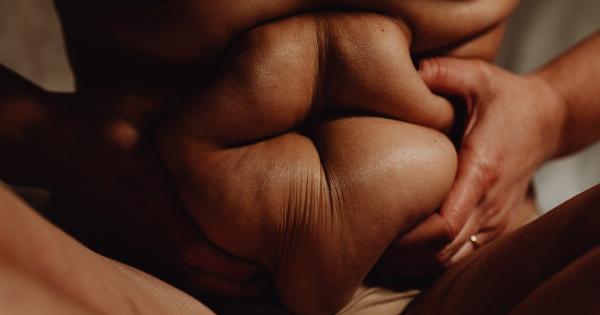Menstrual cramps, also known as dysmenorrhea, are a common problem that many women experience during their monthly menstrual cycle.
These cramps can range from mild discomfort to severe pain, and can greatly impact a woman’s daily life and quality of life. While there are several conventional methods to alleviate menstrual cramps, Traditional Chinese Medicine (TCM) offers a holistic approach that has been used for centuries to manage this condition.
In this article, we will explore the principles of TCM and how it can effectively relieve menstrual cramps.
Understanding Menstrual Cramps
Before diving into the remedies provided by TCM, it’s important to understand the underlying causes of menstrual cramps. During menstruation, the uterus contracts to shed its lining, allowing for the expulsion of blood and tissue.
These contractions are triggered by certain chemicals called prostaglandins. When prostaglandin levels are excessively high, the contractions can be more intense, leading to menstrual cramps.
The Basic Principles of Traditional Chinese Medicine
TCM is a holistic medical system that views the body as an interconnected whole, with a balance of yin and yang energies. When this balance is disrupted, health problems arise.
TCM focuses on restoring harmony and balance to the body, promoting self-healing and overall well-being.
Acupuncture for Menstrual Cramps
Acupuncture, a well-known branch of TCM, involves the insertion of fine needles into specific points in the body. This technique helps to stimulate the flow of energy, or Qi, within the body and restore balance.
Acupuncture has been shown to effectively relieve menstrual cramps by reducing inflammation, promoting blood flow, and calming the nervous system. Regular acupuncture treatments leading up to and during menstruation can significantly alleviate the intensity and duration of menstrual cramps.
Herbal Remedies
TCM also utilizes various herbs and herbal formulas to address menstrual cramps. Dong Quai, also known as female ginseng, is a commonly used herb for regulating menstruation and reducing pain.
It helps to relax the uterus and improve blood flow, alleviating cramps and reducing discomfort. Other herbs such as cinnamon, ginger, and motherwort are also frequently used to promote blood circulation and relieve menstrual cramps.
Dietary Considerations
In TCM, diet plays a crucial role in maintaining overall health and managing specific conditions. To reduce menstrual cramps, it is recommended to avoid cold and raw foods, as they can constrict blood vessels and worsen cramping.
Instead, warm and nourishing foods, such as soups, stews, and cooked vegetables, are encouraged. Additionally, certain foods with anti-inflammatory properties, such as turmeric and omega-3 fatty acids found in fish, can help reduce the severity of cramps.
Exercise and Movement
Engaging in regular exercise and gentle movement practices can help alleviate menstrual cramps by promoting blood circulation and reducing stress.
Practices such as yoga, tai chi, or qigong are particularly beneficial as they combine gentle movements with deep breathing and mindfulness, fostering relaxation and balance in the body.
Stress Management
TCM recognizes the significant impact of emotional and mental well-being on physical health. Stress and emotional tension can exacerbate menstrual cramps.
Techniques such as meditation, deep breathing exercises, and relaxation techniques can help manage stress levels and reduce the intensity of cramps. Additionally, seeking emotional support from loved ones or consulting with a TCM practitioner who can provide counseling can contribute to a more holistic management approach to menstrual cramps.
Heat Therapy
Utilizing heat therapy is a common TCM practice to alleviate menstrual cramps. Applying heat to the lower abdomen helps to relax the muscles, increase blood flow, and reduce pain.
Hot water bottles, warm compresses, or warm baths are effective methods of heat therapy and can provide immediate relief during menstruation.
Acupressure and Self-Massage
In situations where acupuncture is not readily available, acupressure and self-massage can offer a similar therapeutic effect. The acupoints targeted for menstrual cramp relief include Sanyinjiao (SP6), Zhongwan (CV12), and Qihai (CV6).
Applying firm pressure in a circular motion to these points can help stimulate blood flow, relax the uterus, and reduce menstrual cramps.
Consulting a Traditional Chinese Medicine Practitioner
While the remedies mentioned above can provide relief for mild to moderate menstrual cramps, it is important to note that severe or persistent cramps may indicate an underlying medical condition.
Consulting a TCM practitioner can help address individual concerns, assess the underlying imbalances, and develop a personalized treatment plan.
Conclusion
Traditional Chinese Medicine offers a holistic approach to managing menstrual cramps, focusing on restoring balance within the body.
From acupuncture and herbal remedies to dietary considerations and stress management techniques, TCM provides various methods to alleviate pain and promote overall well-being. By incorporating these practices into their lives, women can experience significant relief from the discomfort associated with menstrual cramps.






























